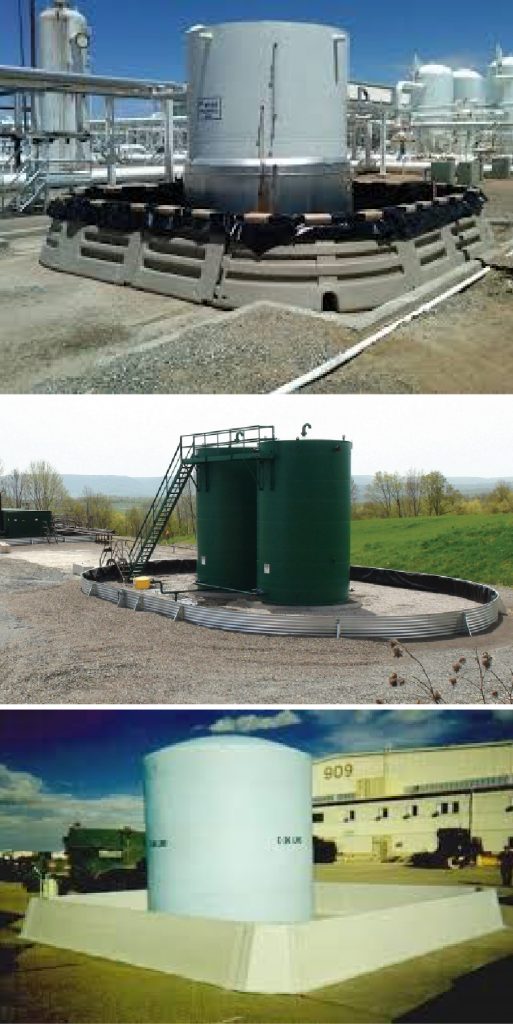-
If you’re a facility owner/operator who stores, processes, refines, or uses oil, you’re likely quite familiar with the EPA’s Spill Prevention, Control and Countermeasure (SPCC) Regulation (40 CRF 112).
The goal of the regulation, first published in 1973 under the authority of the Clean Water Act, is to protect navigable waters and adjoining shorelines from discharges of oil.
But how familiar are you with the phrase “sufficient freeboard,” which appears in the regulation over a dozen times?
Here’s the first reference (40 CFR 112 [c]):
Construct all bulk storage tank installations (except mobile refuelers and other non-transportation-related tank trucks) so that you provide a secondary means of containment for the entire capacity of the largest single container and sufficient freeboard to contain precipitation.
External containment structures (e.g., concrete dikes, berms, or vaults) must meet these secondary containment requirements. But what exactly is “sufficient freeboard”?
What is “Sufficient Freeboard”
SPCC regulations do not explicitly define sufficient freeboard. But we find the following definition in the EPA’s preamble to the 2002 SPCC Rule Amendments:
“We believe that the proper standard of ‘sufficient freeboard’ to contain precipitation is that amount necessary to contain precipitation from a 25-year, 24-hour storm event.”
But it’s not that cut and dry (literally and figuratively). Also in the preamble, the EPA notes that requiring storage of the 25-year, 24-hour storm event is not an enforceable standard because determining sufficient freeboard “is a matter of engineering practice so [EPA does] not prescribe here any particular method,” since more than one solution can be applied.
Which Engineering Practice is Most Common?
The “110% volume of the single, largest container” rule of thumb most SPCC Plans use today is a remnant of what was a commonly accepted design practice prior to the 2002 Rule Amendments. This alternative, which is not present in 40 CFR 112, considers secondary containment to provide sufficient freeboard if the volume of the containment structure is equal to or greater than 110% of the largest, single container present.
What about Geographic Location?
Determining what volume of secondary containment is needed to provide sufficient freeboard can be further complicated when considering what effect a facility’s geographic location may have on the amount of precipitation received in a “normal year.” For example, along the U.S. Gulf Coast, constructed secondary containment systems may meet the 110% containment volume consideration but still lack sufficient freeboard when evaluating the volume of precipitation resulting from storm events occurring more frequently than a 25-year, 24-hour storm.
Our Recommendation for 100% Compliance
Even if your secondary containment structure was determined by a previous SPCC Plan to provide adequate freeboard using the “110% volume of the single, largest container” evaluation, the Professional Engineer certifying your current SPCC Plan must determine whether the secondary containment present still meets the requirements for sufficient freeboard. We recommend your engineering evaluation not simply default to a previously utilized, static standard.
We recommend considering facility-specific information, such as drainage patterns, the number of containers present inside the secondary containment structure, and historical precipitation data (available online from the National Oceanic and Atmospheric Administration’s Precipitation Frequency Data Server).
Need help? Our SPCC experst are ready to answer your questions.

SPCC Plans: Are you providing “sufficient freeboard” for secondary containment?
Posted in Insights/Innovation.
